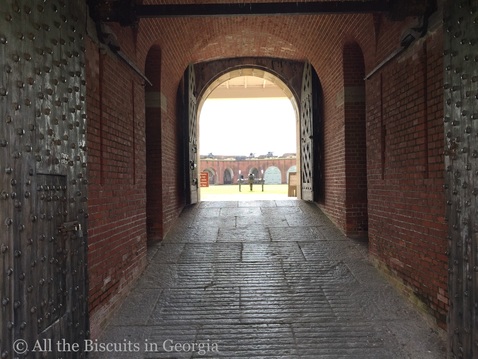 A Cannon Still Guards the Sally Port A Cannon Still Guards the Sally Port The next step on our road trip carried us to the mouth of the Savannah River. Situated between the north and south channels of the river is Cockspur Island. The island is connected to US 80 by a small bridge crossing the south channel. It's not a large island by any means and people often don't even make a distinction between Cockspur and the more developed and well known Tybee Island. But Cockspur is significant. It is currently the location of a United States Coast Guard station and Ft. Pulaski National Monument. As with many of our national monuments, the name doesn't quite cover it all. But we'll start with the fort to give it its due. Ft. Pulaski is one of roughly two dozen masonry forts that the government commissioned in the 1830's to defend the Atlantic and Gulf Coast areas. Savannah was an important port and Pulaski was built to defend the shipping lanes in the Savannah River from attack. A young Army engineer was sent to Pulaski for his first assignment after graduation from West Point. This young man, a Virginian by the name of Robert E. Lee, helped survey, design, and construct this massive fort. Ft. Pulaski is a bit of an engineering marvel. Cypress pilings were driven into the coastal wetlands. The foundation was built over these pilings and then over 25,000,000 bricks were used to build walls that average between five and 11 feet thick, of solid brick. Despite the weight of the structure, there has never been a crack in the fort from foundation settling. In over 170 years the fort has settled less on its foundation than the modern visitor center has in around 40 years. The fort was heavily damaged by artillery fire from Union forces set up on Tybee Island. During this first major encounter between rifled cannon and a masonry fort, new technology proved to be superior. This was led to the end of the masonry fort age as military leaders found that the structures could not withstand the the force of the rifled guns. But the site is not just about the fort. Cockspur Island is an interesting natural location. The meeting of a major river, the coastal wetlands, and the Atlantic Ocean provides excellent opportunities to encounter wildlife, take in beautiful scenery, and enjoy an outing of fishing or hiking. The fort's moat was designed to replenish the water in it with each incoming tide. The constant refresh of brackish water has created a miniature ecosystem that encircles the fort. Fish, turtles, crab, even alligator use the moat for a home. Viewing these animals involves merely looking in the moat.
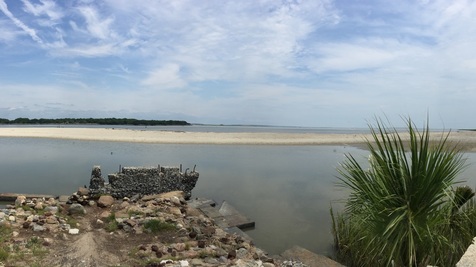 The Ruins of the Old North Pier The Ruins of the Old North Pier The ruins of the Old North Pier are just a short distance further down the trail. This pier was where Wesley's ship landed. It was a bustling trade and transportation center in the 18th century. Ships from England and elsewhere brought goods and passengers to the new colony of Georgia and this was the first pier available to those ships. The Yamacraw Bluff site of the then new city of Savannah lay several more miles upstream. The trail also takes visitors past Battery Hambright, which was built during the Spanish American War to defend the north channel against mine laying ships. While the battery never saw action, it does add to the military history of the site and makes for an interesting pit stop along the trail for an elevated view and maybe a photo. 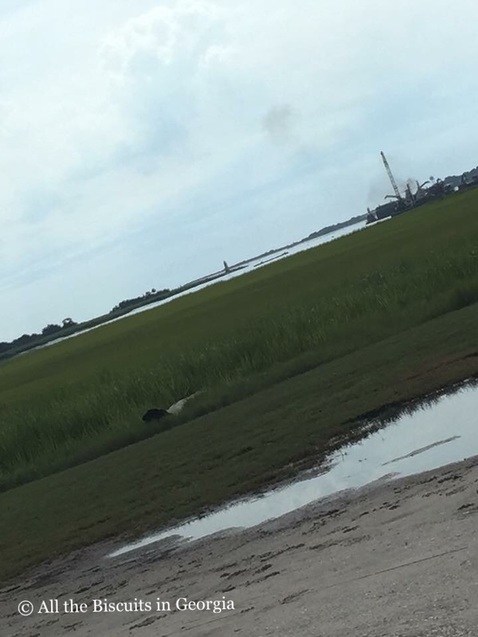 The Small Cockspru Light Sitting on Its Sandbar The Small Cockspru Light Sitting on Its Sandbar The shipping in the area created the need for navigational assistance. In 1848 a 46 foot tall lighthouse was lit for the first time at the far end of the island. The brick structure marked the opening of the south channel. I've always had an affinity for lighthouses. In this area, Tybee Island Light gets the attention and the press. But there is just something about a little lighthouse perched on a sandbar that completely disappears at high tide, leaving the tower jutting up out of the waves. It would be easy to overlook Cockspur Island light, especially with its lofty cousin visible in the distance. In the early 29th century, all shipping was moved to the north channel and Cockspur Light was abandoned. Over the years the elements took their toll and it looked like this brave little lighthouse was doomed. But preservation efforts have been intensified recently and it looks like this lighthouse will be with us for some time. Here's hoping. Tybee Island is just a short drive from this site. There are plenty of local eateries, shopping, museums, and, of course, the beach. This area is just a short drive from Savannah and makes for a great stop on a coastal road trip.
0 Comments
Leave a Reply. |
Sam B.Historian, self-proclaimed gentleman, agrarian-at-heart, & curator extraordinaire Social MediaCategories
All
Archives
November 2022
|
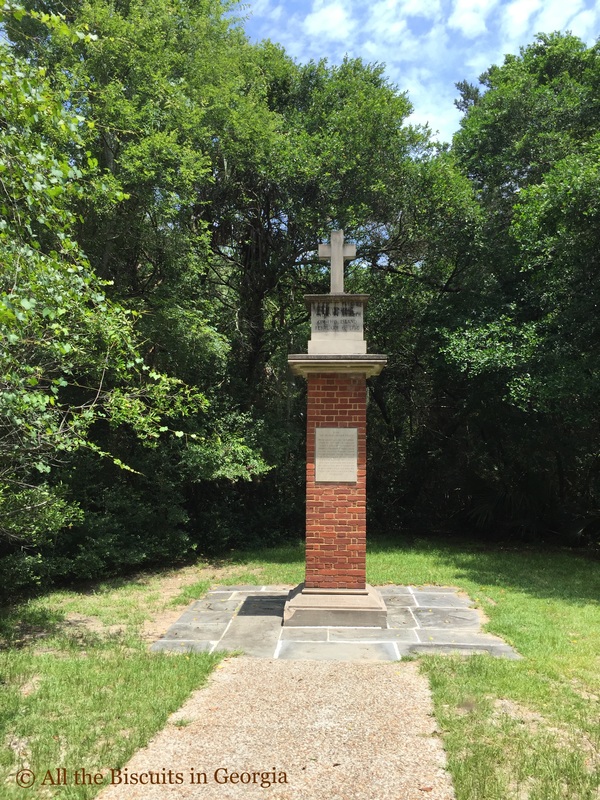
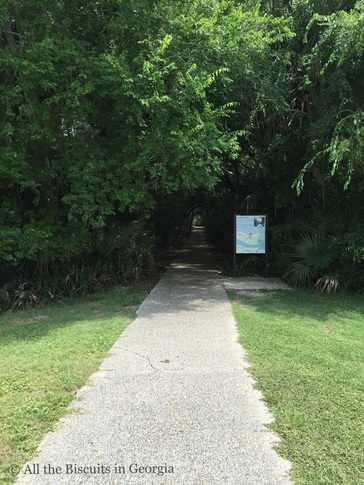
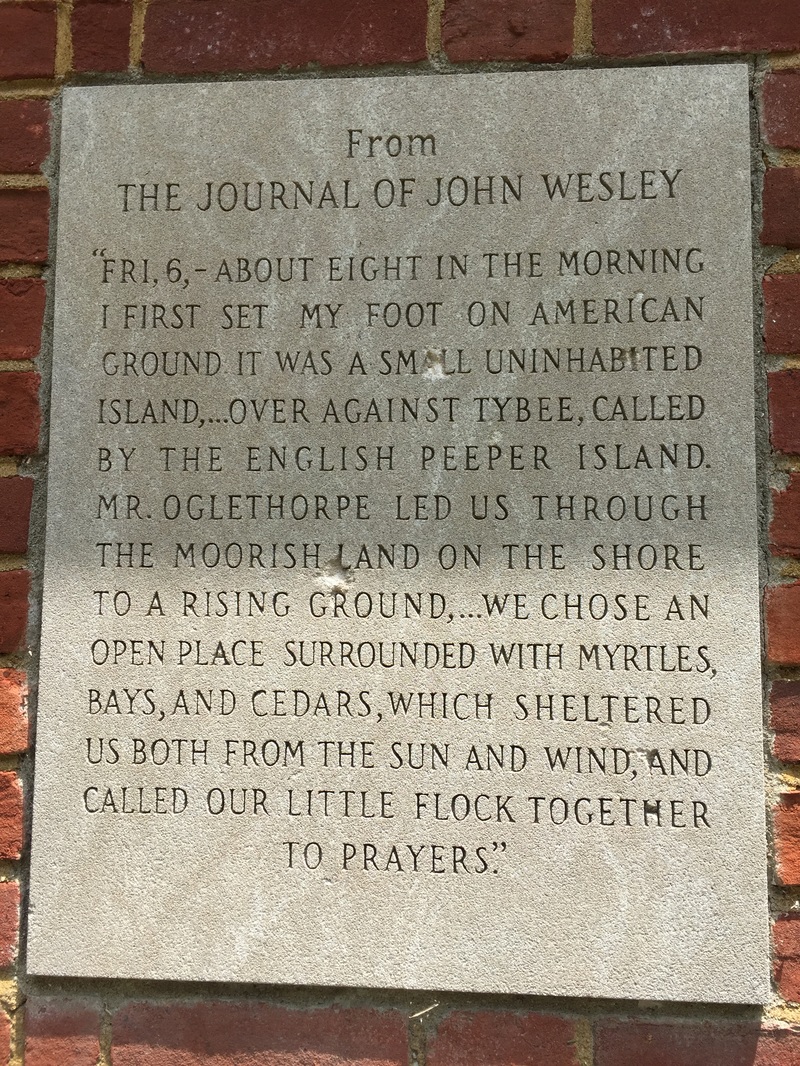

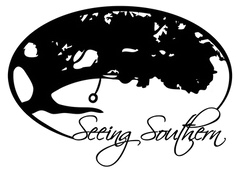


 RSS Feed
RSS Feed
